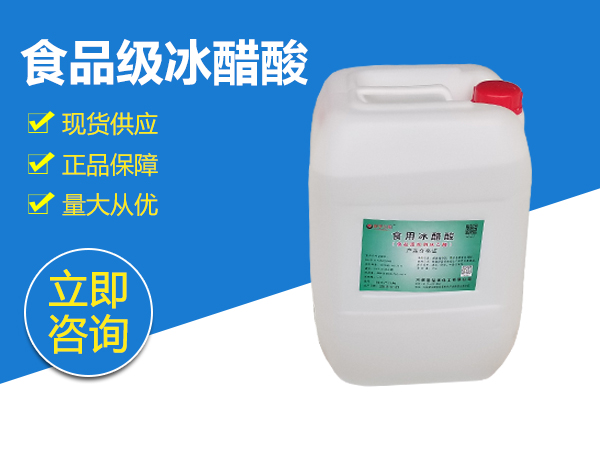

Laminated Insulated Glass Units An Overview
Laminated insulated glass units (LIGUs) are a remarkable innovation in the realm of building materials, combining the benefits of both laminated glass and insulated glass to create an effective solution for various architectural and design needs. This advanced glass technology is particularly valued for its performance, safety, and energy efficiency, making it a popular choice in modern construction projects.
Understanding Laminated and Insulated Glass
Before delving into the specifics of laminated insulated glass units, it is essential to understand the two key components that constitute them laminated glass and insulated glass.
Laminated glass consists of two or more layers of glass that are bonded together with a special interlayer, typically made from polyvinyl butyral (PVB). This interlayer not only enhances the durability of the glass but also provides excellent sound insulation and UV protection. In the event of breakage, laminated glass holds together due to the bonding of the interlayer, minimizing the risk of injury from flying shards.
Insulated glass, on the other hand, is composed of two or more panes of glass separated by a spacer and sealed together, creating an air or gas-filled space between them. This design significantly improves thermal performance, reducing heat transfer and energy consumption in buildings. Insulated glass units are essential for maintaining comfortable indoor temperatures and are crucial for energy-efficient construction.
The Advantages of Laminated Insulated Glass Units
Combining laminated glass and insulated glass creates laminated insulated glass units, which offer numerous benefits for both residential and commercial applications.
1. Enhanced Safety One of the most significant advantages of LIGUs is the safety they provide. The laminated layer ensures that if the glass breaks, it will adhere to the interlayer, preventing shattering and protecting occupants from injuries. This feature is particularly valuable in high-risk areas, such as schools, hospitals, and public buildings.

2. Improved Sound Insulation In urban environments or places with high noise levels, the sound-dampening properties of laminated glass are essential. LIGUs can effectively minimize external noise, creating a more peaceful indoor environment. This is particularly advantageous for residential homes, hotels, and office spaces located near busy streets or airports.
3. Energy Efficiency The thermal insulation properties of LIGUs help reduce heating and cooling costs. By limiting heat transfer, these units contribute to enhanced energy efficiency for buildings, which is increasingly critical in a world where sustainability and environmental responsibility are top priorities.
4. UV Protection Laminated glass provides protection against harmful ultraviolet (UV) rays, which can lead to fading of interior furnishings, artworks, and other materials. By using LIGUs, property owners can preserve the integrity of their interiors while also protecting occupants from excessive UV exposure.
5. Aesthetic Flexibility LIGUs are available in various sizes, colors, and finishes, offering architects and designers flexibility in their projects. Whether used in storefronts, residential windows, or glass facades, they can complement any design while maintaining functionality.
Applications of Laminated Insulated Glass Units
Laminated insulated glass units are versatile and can be used in a variety of applications. They are commonly found in
- Commercial Buildings High-rise offices, shopping centers, and hotels benefit from LIGUs’ sound insulation, safety features, and energy efficiency. - Residential Properties Homeowners use LIGUs in windows, sliding doors, and glass railings for enhanced security and aesthetic appeal. - Public Buildings Schools, hospitals, and government facilities utilize LIGUs to ensure the safety and comfort of their occupants.
Conclusion
In summary, laminated insulated glass units represent a significant advancement in building materials, offering an array of benefits that enhance safety, energy efficiency, and aesthetic appeal. As the architectural landscape continues to evolve, the importance of integrating high-performance materials like LIGUs into construction projects will become even more pronounced. Whether for residential, commercial, or public building applications, LIGUs provide an excellent solution to meet the demands of modern design while prioritizing occupant safety and comfort. As we move forward, embracing innovative materials like laminated insulated glass will be key to creating sustainable and resilient structures that cater to the needs of future generations.